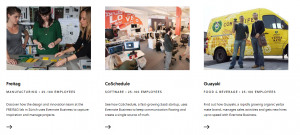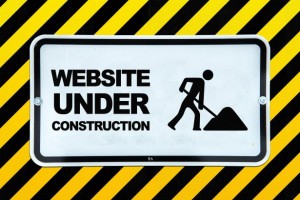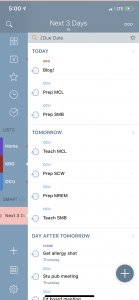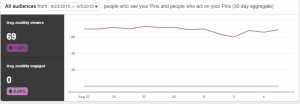
It’s increasingly important for advertising agencies to foster closer partnerships with suppliers, beyond simple transactional arrangements centred on Service Level Agreements.
According to Grant Morrell of Leo Burnett Sydney, agencies, through procurement, are being put under the microscope. Building strong relationships with suppliers will be crucial for agencies hoping to improve their efficiency and effectiveness.
“We establish preferred vendors and suppliers who we work closely with – our go-to people. In return, they’re able to jump through hoops a little higher and quicker, and we can negotiate a bit harder on some deals,” Grant said.
Keep in mind that the relationship goes both ways: agencies can have preferred suppliers, but suppliers may also view some agencies as “customers of choice”, so the benefits are mutual.
Step one: work towards a collaborative mindset
Begin with a transformative mindset towards the relationship.
Traditional money-for-services transactions can be combative, as either side tries to gain an advantage over the other through hard negotiations.
In contrast, a collaborative partnership is one where all parties work towards a common objective. By transforming your approach towards the relationship, you open the door to new flexibilities, efficiencies and benefits that an antagonistic or transactional type of relationship would be unable to achieve.
This give-and-take arrangement means considering what each others’ goals are, and being willing to be flexible. It also means realising that greater value can be derived from collaborating on cutting costs, rather than squeezing suppliers’ margins.
Step two: implement collaborative structures
Different agencies will have different approaches to this. Some establish specific departments for managing relationships with suppliers.
Others may choose to have the production or studio department take responsibility for supplier relationship management, or appoint a dedicated member of staff specifically for the task.
Some agencies may even appoint an accountable executive as a “sponsor” of the relationship with a specific supplier. From the supplier’s point of view, this improves access and clarity in the partnership, allowing them to work more closely with the agency to develop better value.
Step three: closer co-operation
The most productive relationships are those where agency and service provider have mutual trust, and are willing to closely collaborate on a project.
In practical terms, this involves sharing of information, mutual access to systems and workflows, being willing to integrate processes or tailor workflows to suit the other’s, and coordinating decision making.
Agencies may organise partnership events like supplier summits, strategic business planning meetings, and operational business reviews, to facilitate high-level strategy and planning with their preferred suppliers and vendors.
Step four: build mutual insight
Once you are committed to building a partnership, and both parties have the deep level access to each other, it’s time to work on improving communications and understanding between agency and supplier.
It’s particularly important for agencies to build a good understanding of their contractors’ capabilities. What are their workflows and work methods? What do they need from you as an agency to work more efficiently?
What sorts of vulnerabilities or stress factors could compromise their ability to deliver the results you need?
Agencies can also share insights and the relevant metrics to help contractors get a more holistic understanding of how their work fits within your projects.
Step five: mutual improvements
Having built mutual insight, it’s then time to undertake joint improvement drives, with activities like joint training initiatives to improve collaboration on the ground.
Agencies should also be open to feedback from contractors and service providers, and the possibility of improving your operations if needed.
Establish performance scorecards, in order to monitor performance, measure progress in improvements, and identify further improvement opportunities. Scorecards can be based on traditional metrics from ERP systems, including cost, speed and quality.
Conclusion
In the current market climate, it’s more important than ever for advertising agencies to maximize the effectiveness of their relationship with vendors and suppliers. Only by doing so can agencies hope to deliver the efficiencies and quality required of them.
What is your agency’s relationship with your contractors?
Is it a predatory, adversarial one, where each tries to get as much as possible out of the other, for as little as possible?
Or is it a fruitful, win-win relationship, with equal amounts of give and take, and where the focus is on delivering value to the client?
Read more about building collaborative relationhips with your service providers, by downloading our free eBook on the topic.
(189)










